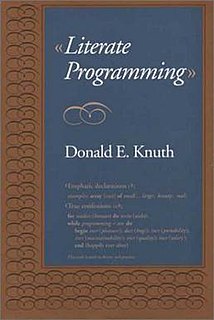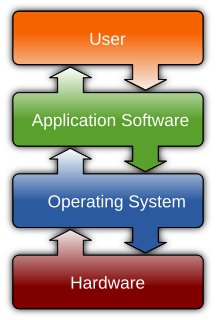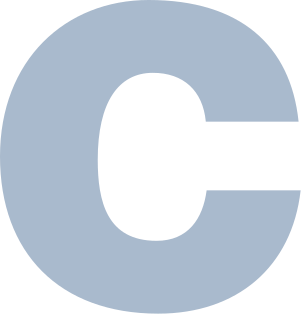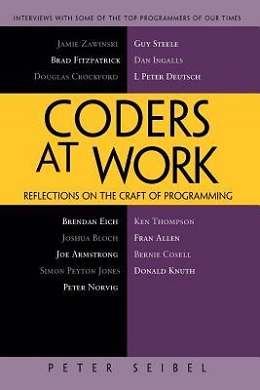This article includes a list of references, related reading or external links, but its sources remain unclear because it lacks inline citations .(October 2017) (Learn how and when to remove this template message) |
This article relies too much on references to primary sources .(October 2017) (Learn how and when to remove this template message) |
WEB is a computer programming system created by Donald E. Knuth as the first implementation of what he called "literate programming": the idea that one could create software as works of literature, by embedding source code inside descriptive text, rather than the reverse (as is common practice in most programming languages), in an order that is convenient for exposition to human readers, rather than in the order demanded by the compiler.

Computer programming is the process of designing and building an executable computer program for accomplishing a specific computing task. Programming involves tasks such as: analysis, generating algorithms, profiling algorithms' accuracy and resource consumption, and the implementation of algorithms in a chosen programming language. The source code of a program is written in one or more languages that are intelligible to programmers, rather than machine code, which is directly executed by the central processing unit. The purpose of programming is to find a sequence of instructions that will automate the performance of a task on a computer, often for solving a given problem. The process of programming thus often requires expertise in several different subjects, including knowledge of the application domain, specialized algorithms, and formal logic.

Literate programming is a programming paradigm introduced by Donald Knuth in which a program is given as an explanation of the program logic in a natural language, such as English, interspersed with snippets of macros and traditional source code, from which a compilable source code can be generated.

Computer software, or simply software, is a collection of data or computer instructions that tell the computer how to work. This is in contrast to physical hardware, from which the system is built and actually performs the work. In computer science and software engineering, computer software is all information processed by computer systems, programs and data. Computer software includes computer programs, libraries and related non-executable data, such as online documentation or digital media. Computer hardware and software require each other and neither can be realistically used on its own.
WEB consists of two secondary programs: TANGLE, which produces compilable Pascal code from the source texts, and WEAVE, which produces nicely-formatted, printable documentation using TeX.
TeX, stylized within the system as TeX, is a typesetting system which was designed and mostly written by Donald Knuth and released in 1978. TeX is a popular means of typesetting complex mathematical formulae; it has been noted as one of the most sophisticated digital typographical systems.
CWEB is a version of WEB for the C programming language, while noweb is a separate literate programming tool, which is inspired by WEB (as reflected in the name) and which is language agnostic.
CWEB is a computer programming system created by Donald Knuth and Silvio Levy as a follow-up to Knuth's WEB literate programming system, using the C programming language instead of Pascal.

C is a general-purpose, imperative computer programming language supporting structured programming, lexical variable scope, and recursion, while a static type system prevents unintended operations. By design, C provides constructs that map efficiently to typical machine instructions, and has found lasting use in applications previously coded in assembly language. Such applications include operating systems, as well as various application software for computers ranging from supercomputers to embedded systems.
noweb is a literate programming tool, created in 1989–1999 by Norman Ramsey, and designed to be simple, easily extensible and language independent.
The most significant programs written in WEB are TeX and Metafont. Modern TeX distributions use another program Web2C to convert WEB source to C.
Metafont is a description language used to define raster fonts. It is also the name of the interpreter that executes Metafont code, generating the bitmap fonts that can be embedded into e.g. PostScript. Metafont was devised by Donald Knuth as a counterpart to his TeX typesetting system.







